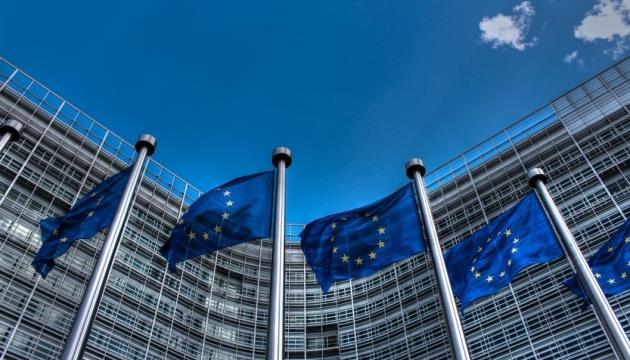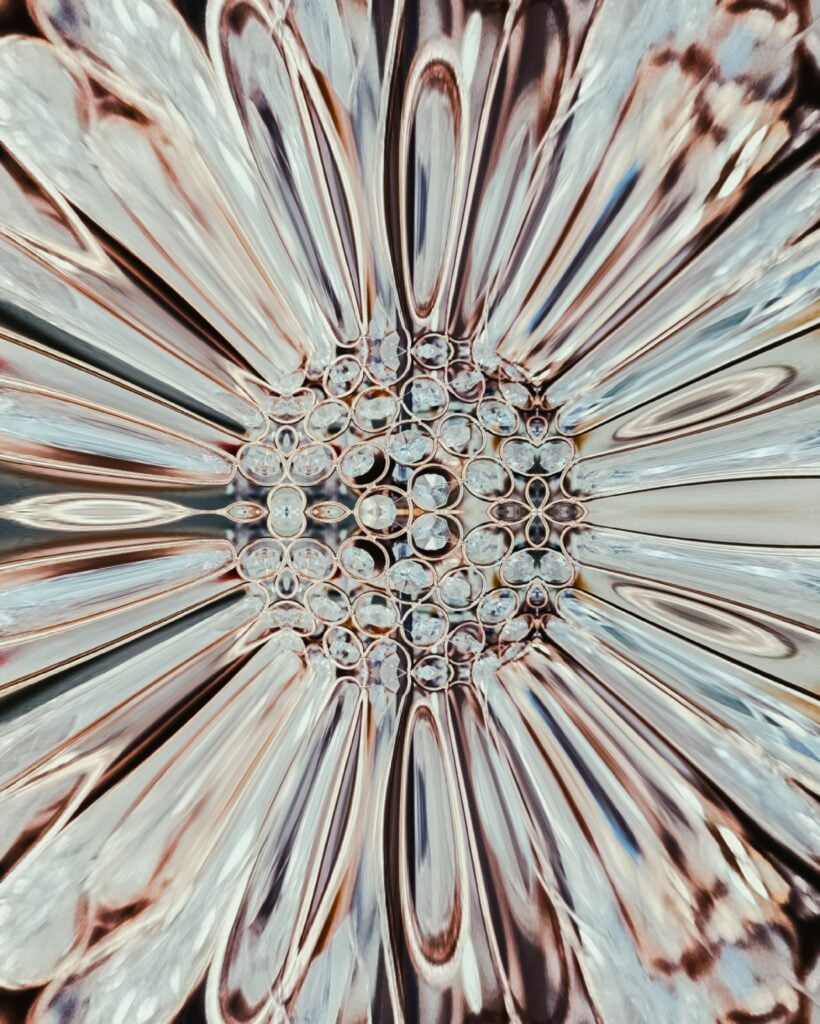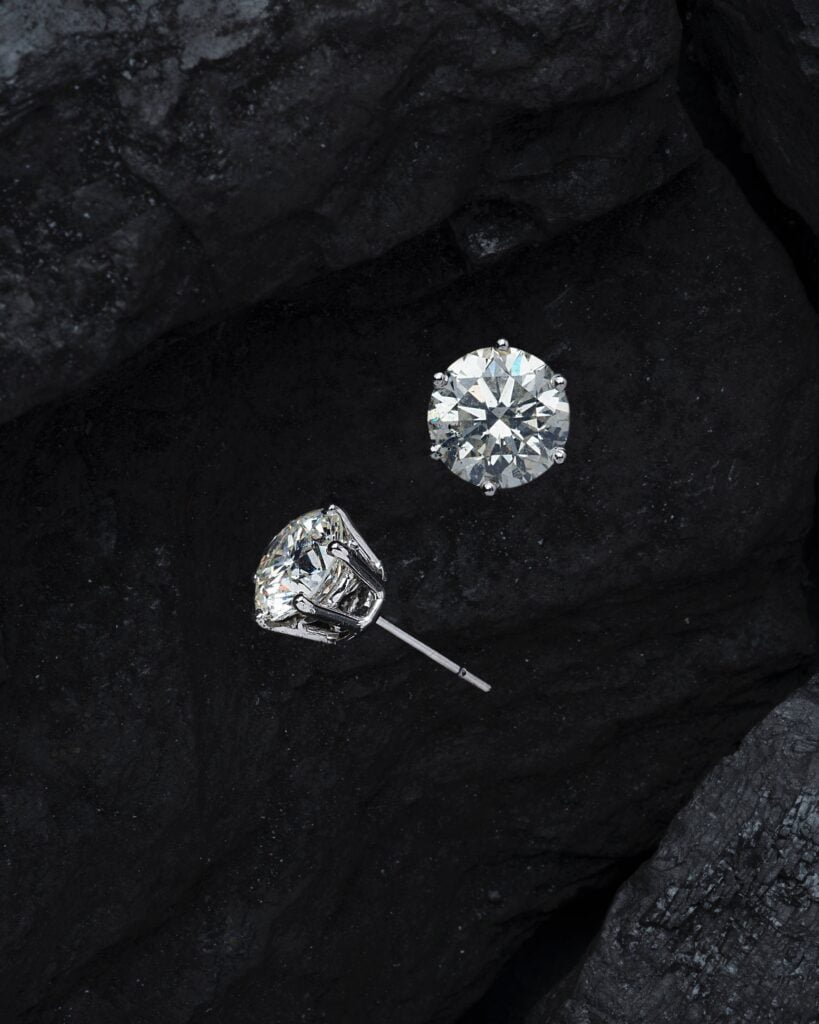European Commission Approves Ban On Russian Diamonds
European Commission Approves Ban On Russian Diamonds. In a significant geopolitical move, the European Commission has greenlit a proposal to prohibit the sale of Russian diamonds. This impending mandate, which is set to be rolled out to EU member states for endorsement, would effectively halt trade in diamonds originating from, transited or exported from Russia; even diamonds cut in third countries and diamond jewelry wouldn’t be exempt.
Planned to be implemented on January 1, 2024, and successively on diamonds cut in third countries from March to September, this sanction forms a vital part of a package designed to ramp up economic pressure on Russia. However, its effectiveness might be challenged by the easy smugglability of these precious gems and the concern of Russian gems finding their way to competitors in places like Dubai and India even after the EU sanctions come into play.

Context of the Ban
In an effort to increase financial pressure on Russia, the European Commission has approved a proposal designed to ban the sale of all Russian diamonds.
Reasons behind European Commission’s Decision
This ban is part of the European Union’s ongoing plan to levy economic sanctions against Russia, intended to limit its economic growth and exert geopolitical pressure. The EU’s decision to target the Russian diamond industry aligns with its strategic objective – to target industries that significantly contribute to Russia’s GDP and foreign currency earnings.
Involvement of AFP and Ukrinform in Reporting
The details of this ban were primarily brought to light by news agencies AFP and Ukrinform, which provided comprehensive reports on the decision. They outlined the specifics of the ban, and how it will be implemented in stages over a set timetable.
Timetable for Implementation
The ban is expected to officially start on January 1, 2024. It will initially apply exclusively to diamonds that originate from Russia or are transited through the country. Later stages will extend the ban to diamonds cut in third countries.
Specifics of the Ban
The EU plans to slowly extend the ban to prevent sudden disruptions in the global diamond market and to allow for the establishment of reliable traceability mechanisms that can effectively facilitate the ban enforcement.
Details From the Draft Document
Evidence from draft documents disclose the intention to not only ban diamonds originating from Russia but also diamonds that have been transited or exported from Russia. This also pertains to diamonds cut in third countries and diamond jewelry.
Stages of Implementation
Implementation of this ban will progress in stages. It will start with a ban on the sale and trade of Russian diamonds beginning on January 1, 2024. The subsequent stage, spread out from March to September, will extend the ban to diamonds cut in third countries.
Application to Diamonds Originating From or Transited Through Russia
The earliest phase of the ban applies specifically to diamonds either mined, transited, or exported from Russia. As it progresses, the ban will become more comprehensive, incorporating diamonds cut elsewhere but that originally came from Russia.
Enforcement of the Ban on Diamonds Cut in Third Countries
The issue of diamonds cut in third countries signifies a key enforcement challenge. Once cut and processed, such diamonds become considerably more difficult to trace back to their original source.
Impact on the Diamond Market
The planned ban on Russian diamonds carries the potential to significantly disrupt the global diamond market.
Possible Disruptions for Market Players
Many players in the diamond market will likely face disruptions due to the ban. Certain countries and businesses have grown dependent on Russian diamonds and may need to find new, reliable sources to meet demand.
Challenges in Traceability of Diamonds
The nature of the diamond industry might make this ban difficult to enforce. Once diamonds are cut and polished, their origins can be hard to track, posing significant challenges to the successful enforcement of such a ban.
Potential for Diamond Smuggling
The inherent difficulty in pinpointing the origin of a cut and polished diamond might also encourage smuggling. As Russian diamonds are small and extremely valuable, they can be hidden among other gemstones, making their detection a daunting task.
Sanctions Against Russia
This proposed ban is part of a broader initiative by the EU to increase pressure on Russia through a series of economic sanctions.
The European Union’s 12th Package of Sanctions
The proposal to ban Russian diamonds forms parts of the EU’s 12th bundle of sanctions designed to excrete force on Russia’s economy. This is yet another bid to leverage economic pressure to fulfill geopolitical objectives.
Aim of Increasing Pressure on the Russian Economy
The core aim of this sanction and subsequent others is to augment the stress on the Russian economy by targeting the industries that generate high revenues for the country. Diamonds are a vital export commodity for Russia, and the sanctioning of their sale would likely inflict considerable economic damage.
Other Sanctions Imposed by the EU on Russia
In addition to diamonds, the EU has sanctioned other Russian industries in the past, as part of its broader strategy of economic pressure. These sanctions deliver a direct hit to Russia’s economic systems, aiming to weaken its revenue and thereby limit its capacity to grow financially.

Responses and Concerns from European Countries
The ban on Russian diamonds has elicited a multitude of reactions and concerns from various European nations.
Concerns Regarding the Trade of Russian Diamonds
Countries like Belgium, home to one of the largest diamond trading hubs in the world, are anxious that the ban could disrupt their domestic diamond industry. There is also worry that Russian diamonds might still find a way into the market even post-sanctions, possibly through third countries.
Particular Worries from Belgium
As a diamond trading powerhouse, Belgium has expressed particular concern about the potential ramifications of the ban. The fear is that Russian diamonds could find their way to rival trading centers in places like Dubai and India, thereby affecting Belgium’s diamond industry.
Potential Impact on Diamonds Market in Other Countries like Dubai and India
Dubai and India, recognized for their flourishing diamond markets, could also see potential changes. As Russian diamonds are banned in EU markets, these countries might see an upswing in diamond inflows, thereby creating an imbalance in their local markets.
G7 Discussions on Russian Diamonds
The ban on Russian diamonds has also spurred conversations among the G7 nations.
Options for Banning the Supply of Russian Diamonds
Different approaches to bans are under G7 discussion, from banning all diamond supplies to light self-regulation. Measures are being meticulously evaluated to determine the most effective strategies to suppress Russia’s diamond industry.
Role of Belgium and India in Preparing Proposals
Both Belgium and India, countries with robust diamond industries, have been proactive participants in the G7 discussions. They are assisting in crafting proposals and evaluating the possible economic and industry effects of banning Russian diamonds.
Stance of French Jewelry Industry Group and the World Diamond Council
Other groups such as the French Jewelry Industry Group and the World Diamond Council have shared their thoughts and guidance on the potential sanctions, offering expert views on how the ban might affect the global diamond supply chain and market dynamics.

Impact on Russian Economy
As diamonds are a significant export for Russia, the ban will inevitably damage Russia’s economy.
Potential Effects on Russia’s Diamond Industry
The likely effects on Russia’s diamond industry are immense. A ban on Russian diamonds could severely impair businesses that rely on diamond mining, cutting, and trading, resulting in significant economic loss and potential job cuts. https://mauragemsandjewellery.org/angaras-celebrate-with-color-a-new-era-of-appreciation-for-gemstone-beauty/
The Role of Diamonds in Russia’s Economy
Diamonds play a substantial role in Russia’s economy. The potential loss of diamond-based revenue, coupled with the economic strain from other imposed sanctions, could inflict considerable harm to Russia’s overall economic health.
Possible Response from Russia
How Russia might respond to such a ban remains uncertain. Economically, finding new markets or redirecting the focus to other revenue-generating industries might be potential strategies. However, these may not be sufficient to fully counterbalance the losses inflicted by the ban.
Challenges for Enforcing the Ban
In addition to reactions and potential economic implications, the proposal raises significant enforcement challenges.
Difficulties in Monitoring and Tracking Diamond Trade
Monitoring and tracking the trade of banned diamonds would be quite complex. Once diamonds are cut and polished, tracing them back to their origin becomes far more challenging. This poses a significant hurdle to the successful enforcement of the ban. https://www.aigsthailand.com/
Strategies to Minimize Impact of Ban on Legitimate Diamond Traders
Striking a balance between the necessary enforcement of the ban and minimizing the impact on legitimate diamond traders is one of the key challenges. It is crucial to ensure that the ban does not overly penalize legal businesses or prevent them from conducting their operations within the global diamond market.
Combating Potential Smuggling Attempts
The possibility of smuggling also poses a significant enforcement challenge. To combat this, effective detection and prosecution mechanisms must be put in place.

Views from the Diamond Industry
Ripple effects of the ban are expected to reverberate throughout the diamond industry.
Response from Diamond Traders and Producers
The proposal has solicited a range of reactions from diamond traders and producers. While the overall response greatly depends on the specific stake that each party holds in the trade of Russian diamonds, many are understandably concerned about the potential disruptions in supply and the rise in diamond prices.
Impact on Global Diamond Prices and Supply
Global diamond supply and prices could also be greatly affected. More specifically, the ban could cause a shortage in diamond supply, thereby causing a surge in prices, particularly for higher quality diamonds for which Russia is known.
Industry Measures to Comply with the Ban
To comply with the ban, the diamond industry will need to implement numerous measures. These could include establishing rigorous traceability systems capable of identifying and ensuring that banned diamonds do not enter the market, and developing comprehensive strategies to manage potential supply shortages and price fluctuations.
Legal Implications of the Ban
Alongside the economic and industry implications, the proposed ban on Russian diamonds also raises legal questions.
Legal Basis for the Ban
The legal basis for a ban on Russian diamonds would derive from EU sanction laws, which permit the EU to implement trade-related sanctions as a form of coercive diplomacy.
Potential Lawsuits and Legal Challenges
The ban may also open the door to potential lawsuits and legal challenges. Affected parties, such as diamond businesses and trading hubs, could possibly contest the imposition of the ban and its legal basis.
Compliance Requirements for EU Member States and Diamond Traders
To ensure compliance with the ban, EU states and individual diamond traders will have to abide by strict regulations. Non-compliance could result in significant legal penalties and potential loss of trading privileges. It will be imperative for those involved in the diamond trade to thoroughly understand and strictly abide by all requirements associated with the ban.

